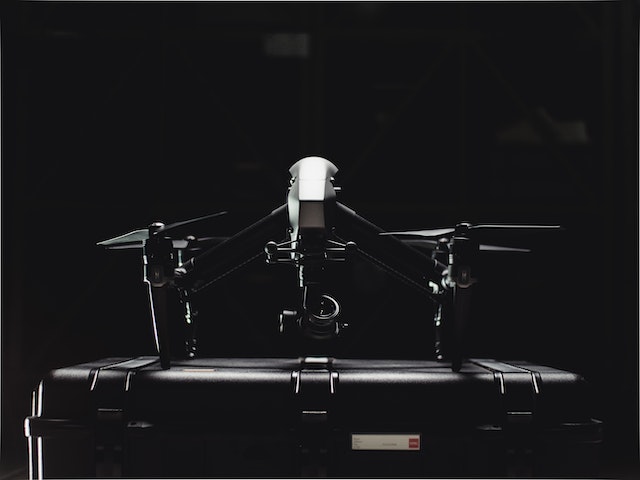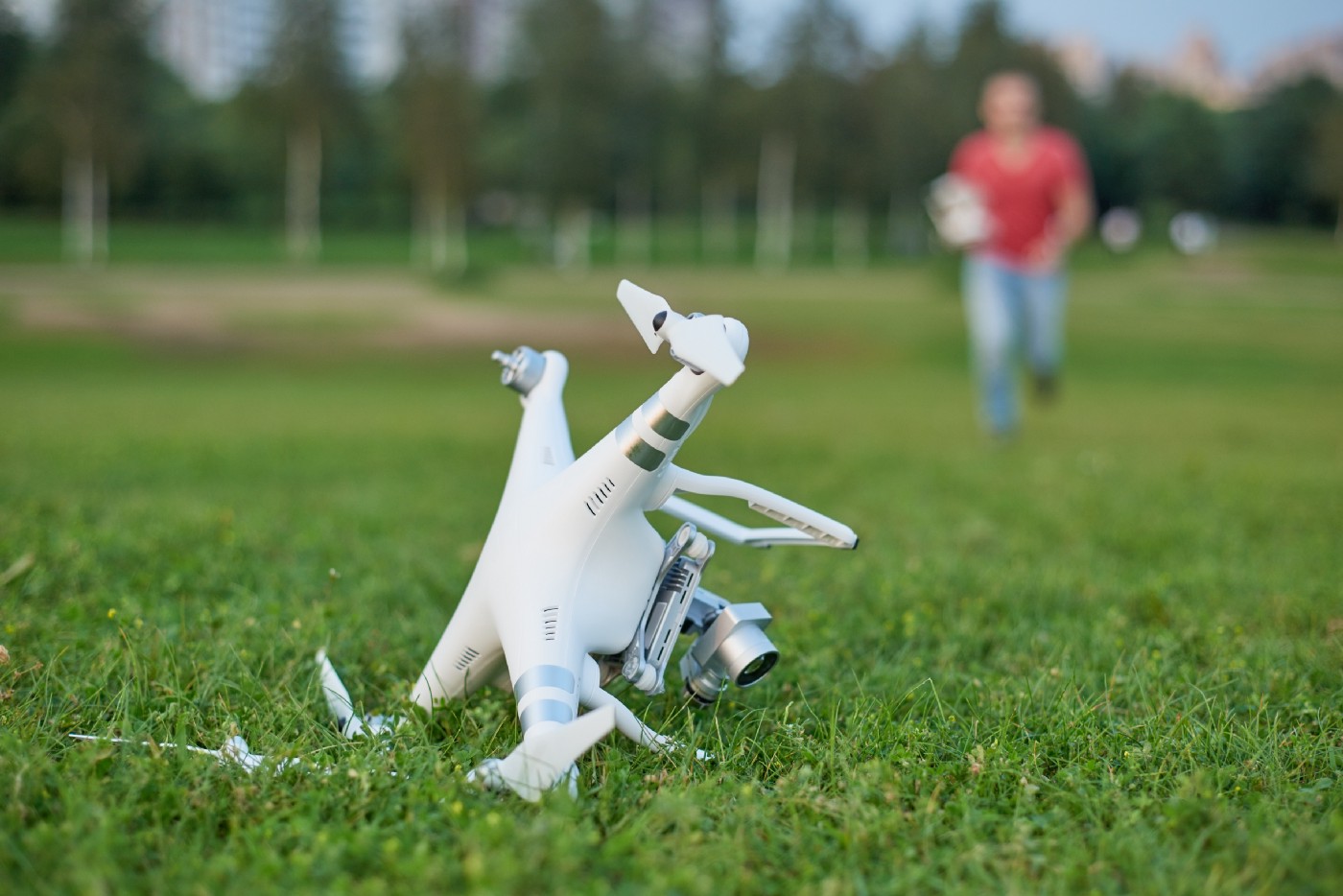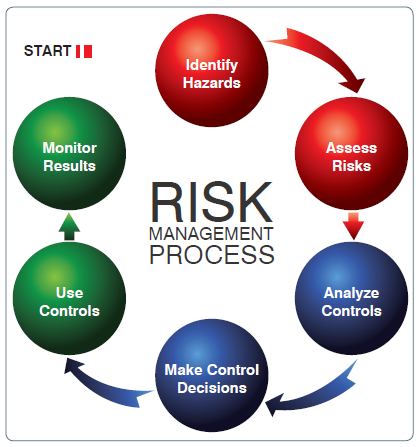
This week, I had the opportunity to work with the ERAU Hub software, a virtual laboratory software designed to help students with gaining an understanding of the UAS design, application, and operation.
Thru the ERAU Virtual hub lab, I was able to design a UAV based on my mission profile (crash site survey) and then perform an automatic flight based on a flight plan, also designed via the software.
The overall experience was amazing. It helped connect the basic understanding of the many application of UAV design, while also providing some understanding of the performance impacts based on selected equipment, sensors, and payload.
Building a UAV should always start with a mission in mind. There are so many configurations that can be deployed, but not all of them will be optimized for your mission. You have to start by knowing your mission profile, then select your chassis, payload, and sensors, based on the mission profile.
For my mission, I needed a UAV that could fly at low speed (possibly hover as commanded), equipped with a high-resolution camera to document the crash site.
The selected UAV chassis for this mission was the Gannet Rotary Wing (Figure 1), equipped with a 4-stroke gas engine. The UAV was equipped with an Automatic Control to allow for automatic flight planning. Consequentially, a GPS module was installed to support this later feature. In order to capture the main mission data (photographs of the crash site), the UAV was equipped with an EO Gimbal camera to allow the operator to survey the site and capture high-resolution survey photos while the UAV flew its programmed flight plan.
The UAV was also equipped with a compass sensor and a dipole antenna for communication purposes. Finally, we loaded about 75% of the fuel to allow enough time for the site survey but kept the UAV a little light for maneuverability purposes.

The overall experience was very positive. I can see myself going back and re-using this tool just to gain more understanding of the performance impact when selecting different options. The best way to learn: running what-if scenarios and looking at the outcome.





